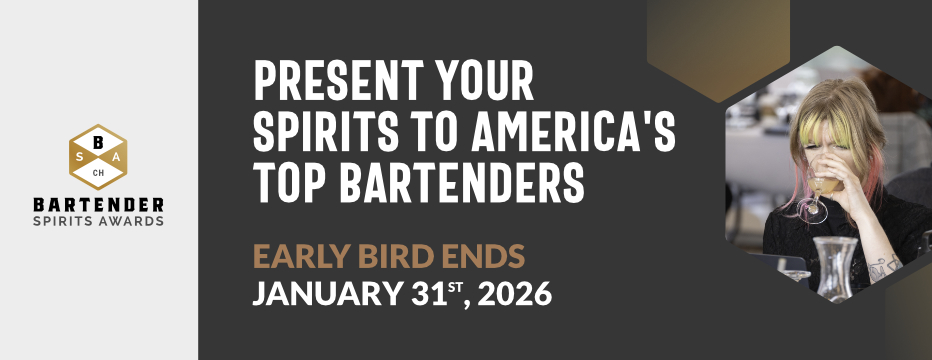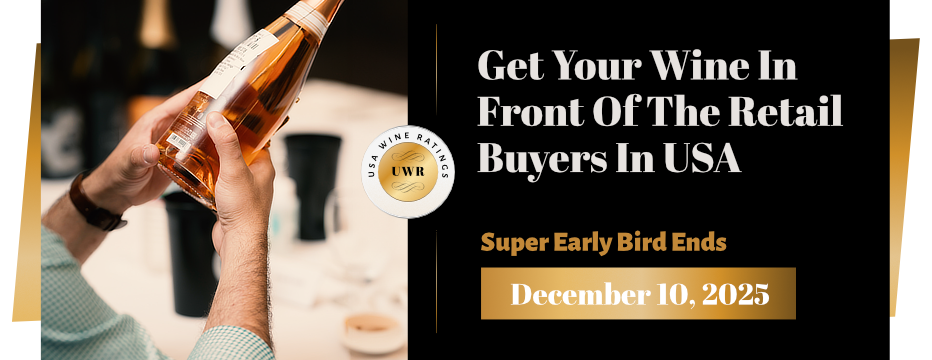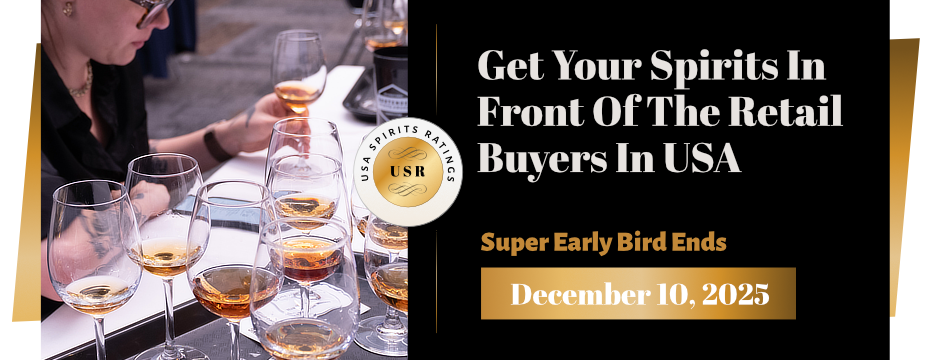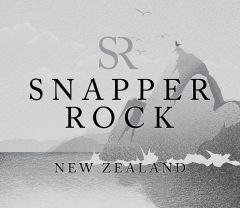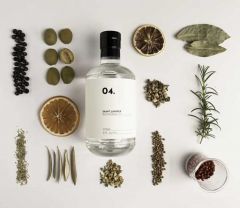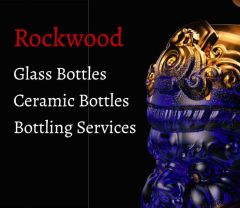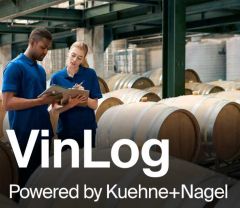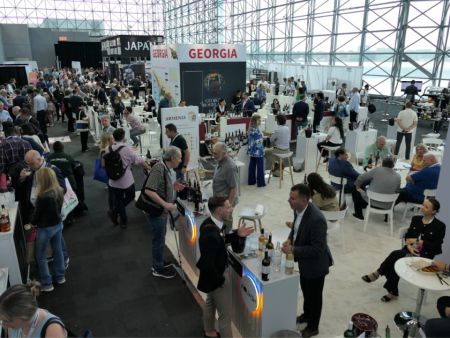Sommeliers Choice Awards 2025 Winners
How To Pitch Your Brand In National Restaurant Chains
The key to making on-premise retail calls is preparation and planning. A good salesperson knows time is limited with chain buyers.
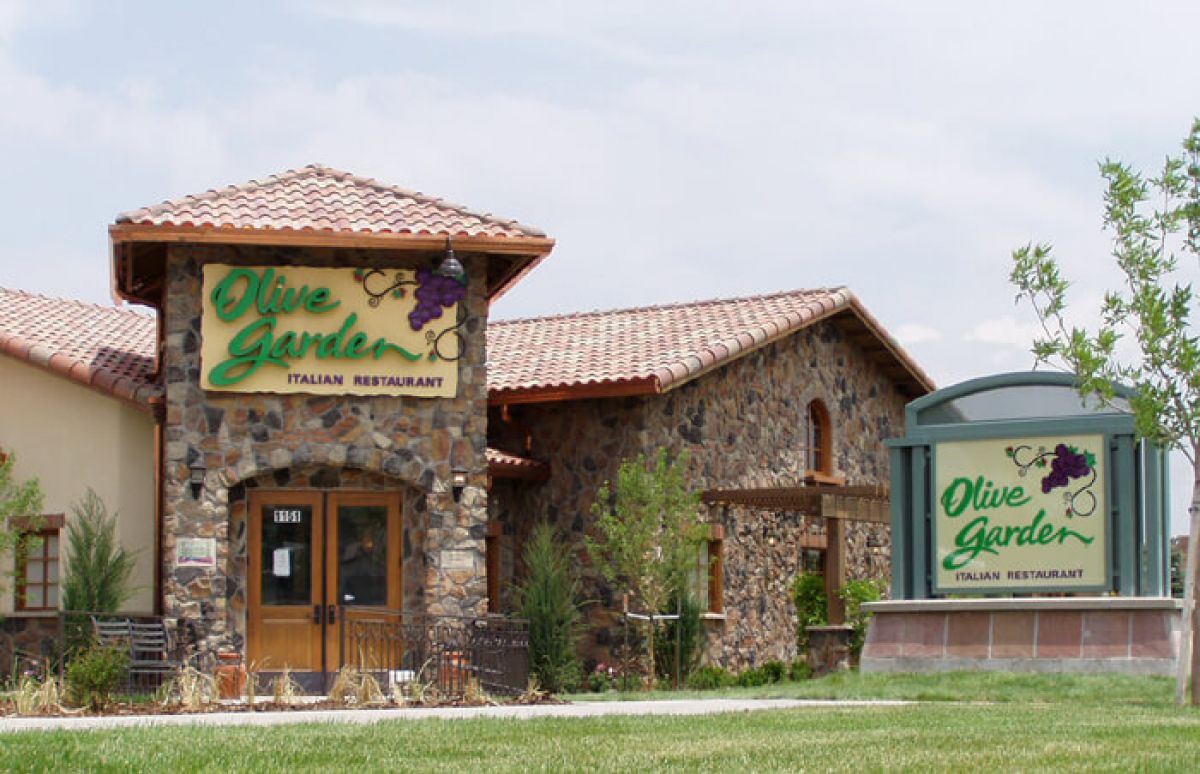
It is important that your goals and objectives are clear in your mind prior to making the call. Be prepared to overcome objections and convince the customer your products are best suited for their needs.
Here is a checklist for Craft Brewers and Small Wineries making a on-premise chain call—no matter the size of the Chain:
1.) Orientation to the Buyer—the rep needs to make an appointment with the buyer—2 weeks in advance in the norm but it could take a lot longer to get an appointment on the first call. To do that effectively, you need to “know the buyer.” You should know not only the buyer’s contact information (HQ location/address, direct phone line, email, fax #, Facebook account, Twitter account, website, and administrative assistant’s name), but you should also know their favorite sport, their favorite types of food, their wife and children’s names, their birth date, their hobbies and what they enjoy to do on weekends. This is a relationship that takes a lifetime to master.
2.) Analyze the Chain Buyer—the rep needs to ask questions about the products that they buy, the number of people they see, and what kind of programs they need to generate high profitability and turnover for their organization.
See if the buyer will provide results on previous promotions that the chain has implemented and programs that they have been sold by the other Craft Brewers and Small Wineries. You can set the stage for creative programs that you havedeveloped that will result in higher profitability and sell-through for this chain.
3.) Sell the Chain Buyer On Your Brand—explain to the retail buyer your Company’s Philosophy in selling craft beer and/or artisan wines. Also, review the background History on your Company and its growth.
4.) Chain Store List—if you were unable to secure this off the Internet, please request a full store list and match that up to your distributors and provide the Buyer with a Market Coverage Plan.
5.) The Presentation—use a laptop if possible. You can always leave a hard copy behind. Powerpoint slides should cover your Company’s History, brand’s positioning in the market, articles about growth, financials if you want to them to be public, media plans for the brand, pricing and discounts planned, sales promotion programs, POS support, merchandising programs, wait staff incentives, tasting programs and manager education sessions (these can be done in the restaurant/pub/arena or at your Brewery or Winery if local).
6.) Pricing Is Important—your wholesaler should have you well prepared of his frontline price (case 1), and a “deal” price (if there is one). The gross margin you are showing in your slides should be compared to, in the case of craft beers—premium beers; in the case of artisan wines--national wines. Holiday price promotions are a given, but don’t forget to provide ideas for food pairings, chocolate or dessert tie-in’s, happy hours, off-sale specials, value-added tie-in’s with gift cards or coupons and cross merchandising with their brands.
7.) When National Chains Don’t Return Your Phone Calls or Emails—even though you may be a very persistent sales rep, the Chain Buyer may not believe your brand is big enough to create the demand of one of the National Brands in front of you. This requires a different approach. Many times you need IRI or Nielsen data and you don’t have it because you’re not in the scanned stores.
If this is the case, then your Craft Brewery and/or Artisan Winery needs to start building a track record by targeting small, but well-known, on-premise retailers to carry one or two of you best selling craft beers and/or wines. You then focus on a or target this chain for a “perceived hole” in their craft beer line-up or wine program. This may include a flight of craft beers or wines, but usually it is all about the “best seller” you know will turn once you’re in.
8.) Demographics By Product Quality and Price Point—Most on-premise chains have a tiered craft beer or artisan wine program. They have different clientele coming in at different times or on different days of the week. Your job is to identify the on-premise accounts that fit your demographic profile and determine where the opportunities exist.
9.) Timing is Important—most Chain menus are reset at or just after the beginning of the Calendar Year. Keep this in mind when booking your Chain Buyer appointment and get in there first!
10.) Upselling Your On-Premise Chain - Many times the menu in a Chain of even nice restaurants, pubs, or upscale bar & grills has little to be desired because the bar manager or chain buyer doesn’t drink craft beer and/or wine. This becomes a significant profit opportunity for you to “up-sell” the Chain on your Craft beers and /or wines. Here’s a few suggestions on how to accomplish this:
a. Develop food pairings with your wines and/or craft beers
1.) Match red meat with red wine and white meat with white wine
2.) Match red meat with darks ales a, porters and stouts
3.) Pair fish with low-tannin wines, like Pinot Noir, Chianti and Merlot
4.) Pair fish with citrusy IPA’s or Pale Ales or Belgian Ales
5.) For desserts offer sweet wines, like Port, sparkling wines, and Riesling
6.) For desserts offer lagers, or marzens that have sweet malts
7.) Pair spicy and fried foods with white wines like sauvignon blancs, pinot blancs or brut champagnes.
8.) Pair spicy and fried foods with brown ales, ambers or Irish Style Red Ales—they are perfect compliments to the meal.
b. Sell “Local”—many Chain buyers like to support “locally-brewed” beers or “locally-made” wines.
c. Sell the fact that your Craft Beer and/or Wine may be the #1 seller at their major competitor’s place—this can backfire, but it never hurts to have success somewhere and make sure the Buyer knows the type of volume you’re doing in the same neighborhood or in that city.
d. Follow the Trends—stay with varietals and beer styles that are “hot” but put your own spin to them.
e. Develop “on-premise” brands only—brands that are not sold in the grocery stores or the drug chains. These wines and/or special craft beers are very appealing to the on-premise chains due to margin structure and the ability to hand-sell them, restaurants have “:power” and they can actually create the trends talked about above.
11.) Summary Of Your On-Premise Playbook
a. Book your appointment right around the first of the year and don’t waste the buyer’s time—do your homework and be prepared!
b. Showcase your craft beer and/or artisan wine—tell them everything they need to now to make an educated business decision.
c. Make sure you tell the Buyer “why” your Craft Beer or Wine fits their strategy and their menu or feature lists.
d. Inform the buyer of all of your support materials and what you will do to make the product turn in their stores or restaurants. They don’t want products to gather dust in their store rooms or in their coolers.
e. Ask for the order! Too many times, the reps goes in, makes a sterling presentation of everything the Buyer wants for their Chain, and the rep leaves without asking for the order. Don’t let that happen to you!



